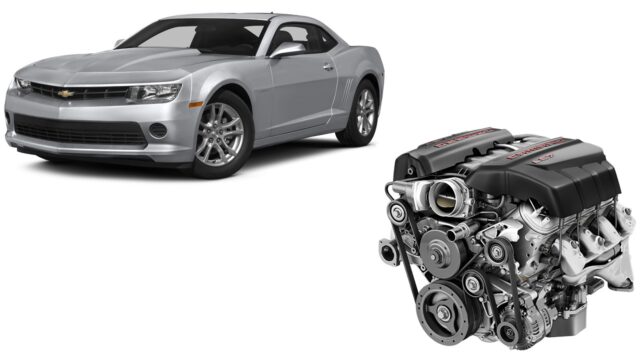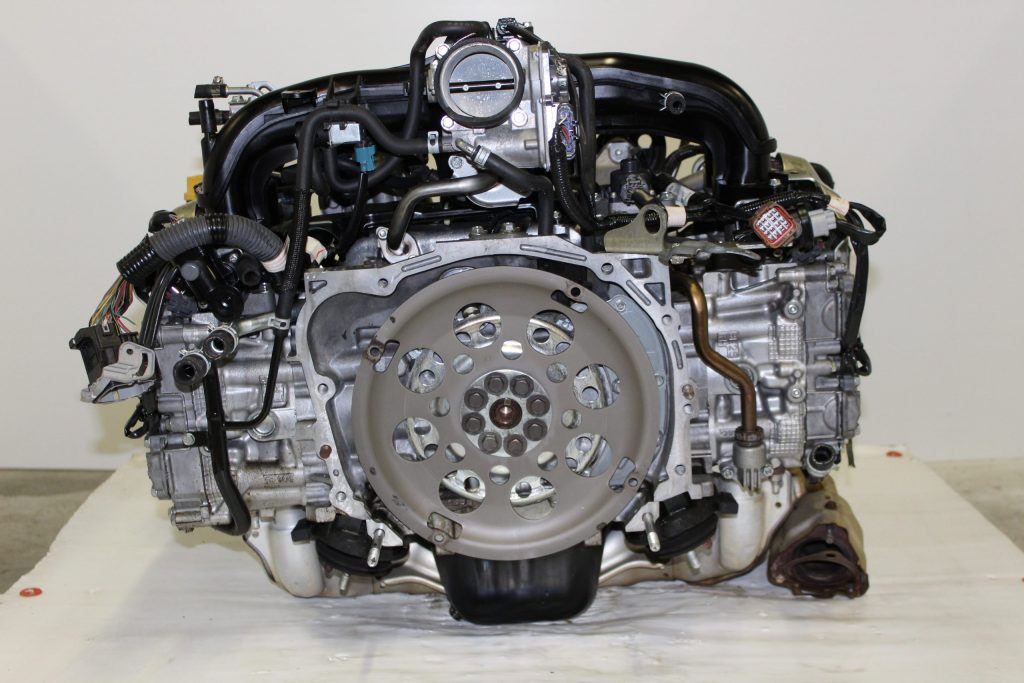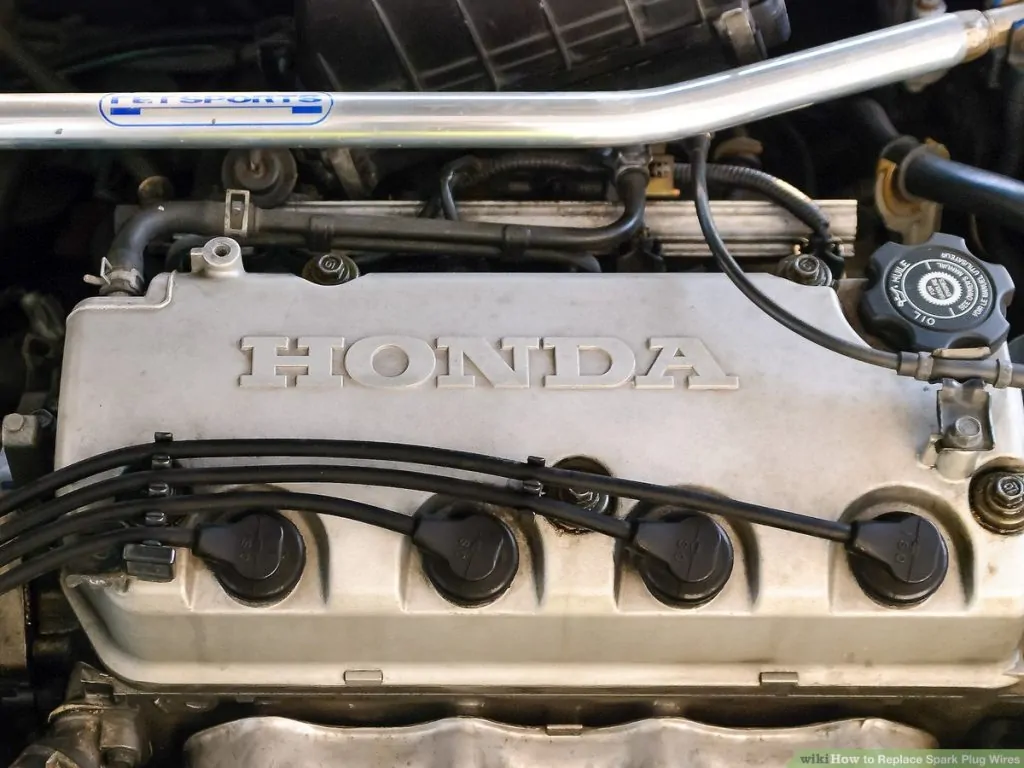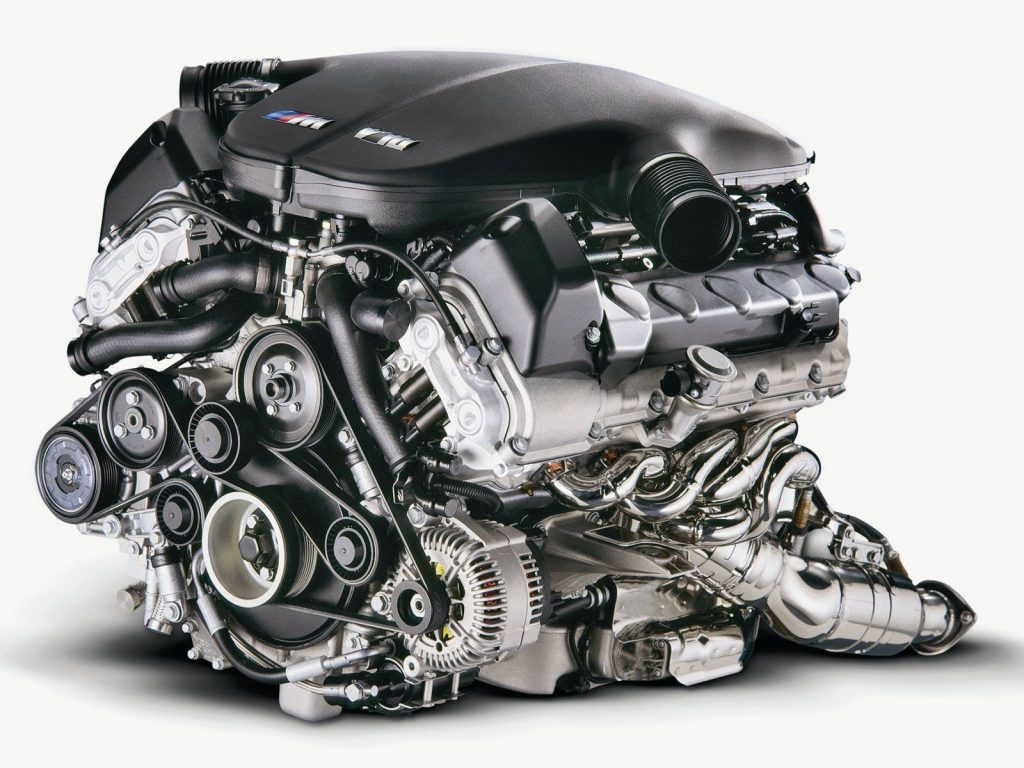
Every car guy has a dream car or even a dram build. If you are one of those then here is THE article for you. Today we will address a used engine and just how to know if one is good, whether you are buying one for your build or you are buying one in a running and driving vehicle.
You bought your first car and you are starting a project. You have a good shell but the engine is a bit wonky or it’s a non-running one. What is your next step? Well, depending on your budget you can buy a new engine, or you can get a salvage one from a donor vehicle and go crazy with your build. If you opt for a donor car engine then you have to know a few things before you buy it just so you stay safe and don’t squander all your money set aside for your project.
This article will tell you a few things that you need to check and make sure you know before your new used engine is in working condition and that it does not need too much loving before it fires up for the first time…again. Let’s get started, shall we?!
1. Clean engine

Now when shopping for a used engine most of them will be cleaned somewhat to help its overall appearance but that shouldn’t mean that it is good as well. Sometimes sellers will do this to hook you to their ad or to get you to ask around, and then start bragging how that is a salvaged engine that doesn’t have a lot of miles under it, it has been taken care of and it has never seen a racing strip or whatever else do they say these days to fool you. Do not trust and do not judge a book by its cover. Everything can be power washed and degreased making it look almost brand new but the inside of it will tell a different story.
2. Check the inside of the engine
This could be a bit difficult to manage but there are few things that you can do to allow yourself to take a peek inside for at least a bit. The first thing to do and it is that simple is to check the oil cap. This will allow you to take a look inside the engine and help you get an idea of the shape it is in. Look for dark brown colours from the inside and a lot of baked-on oil from the inside which are a dead giveaway of a bad engine and a poorly maintained one. If you have some tools and you get permission from the seller try and get the valve cover off and take a proper peek inside. This will ensure you are protected from any hidden faults and possible damages. If you manage to take it off, check the inside of the valve cover as well because there will be some giveaways of poor maintenance like carbon buildups and caked up oil residue.
3. Sparkplugs and ignition wires

If you can remove the ignition wires and have a look at them as well. When you take them outlook for an important thing – traces of oil contamination that will be visible as a brown residue on them. If the inside of where the sparkplug sits in the engine has oil, or oil residue, caked up dirt or debris that means that the engine had a problem at some point and it took them a long time to address it or it wasn’t addressed as well.
If you can assess the damages it would be awesome and it will reduce your spending after. After that check, the actual sparkplugs and you will get the best view into the engines combustion chamber and service history. Look for signs of oil burning and assess whether it is a problem or not. On older engines, oil-burning will be a thing but if it isn’t greatly shown of the plugs and if it is even on all of them then you should probably be OK.
4. Rotate the engine
After you have examined the sparkplugs a really important thing to do is to rotate the engine. Get a wrench on the crankshaft and try and rotate it, counterclockwise of course. Make sure you rotate it at least one full revolution and make sure that everything moves smoothly. If it won’t budge the engine is most likely seized and therefore you will not be able to use it before spending a whole bunch of cash on its rebuild.
5. Inspect for physical damage

Another really important step is to take a thorough tour around the engine block and components and try to see whether it has damage or defects. If you are buying an aluminium block look for small cracks and bends, or pretty much anything that can tell you that the engine has been mistreated or that it is defective, which should make you walk away from it. Look for a VIN tag if the engine you are buying has it. If you don’t know where it is or if it is on the engine at all, Google it up and inform yourself because it could come in handy. These days you can do a VIN search and find out about the history of the car which will tell you at least a bit about the engine’s history as well.
So all of this is what to look for when buying a used engine. We would advise, if you can and if you have the means and time, to go and look at the engine you want to buy yourself. It is very hard to check these things if you are buying an engine from an online store. Salvage yards or shops are a good place to be there physically and inspect yourself on what you intent to buy. If you are going online for these try and find a respectable place that will have a lot of info and realistic images of what they are selling. If they offer any type of guarantee even better but the best thing is if they will allow you to inspect it and possibly return it if everything is not as described.
That’s it from us, we wish you all the luck on your future and present projects and happy engine hunting.









